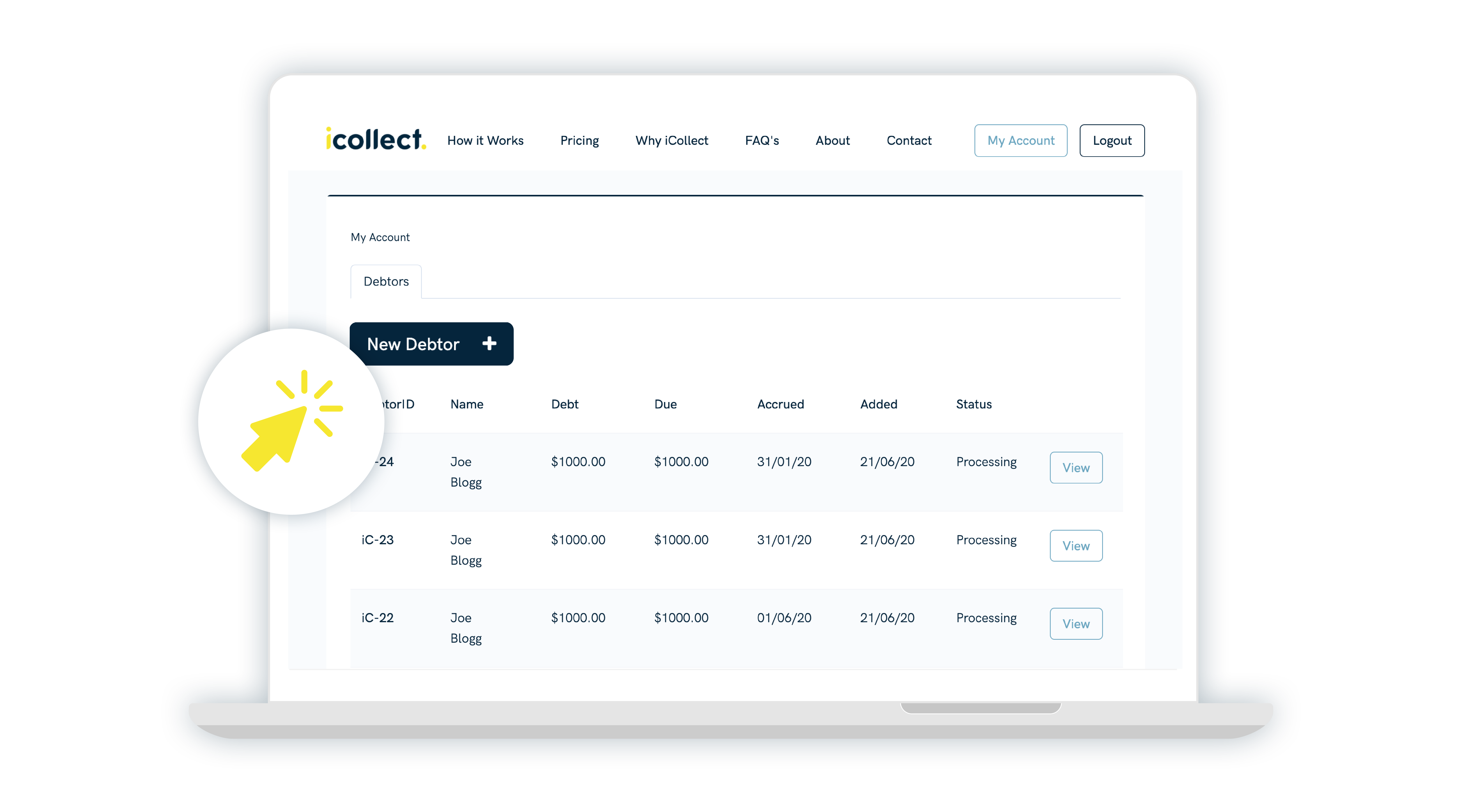Late payment by a customer and needing to implement debt collection techniques doesn’t by any means need to be the end of your business relationship. In fact, done in the right way, it can help preserve your dealings with them for the long-term. And in a world where word of mouth is key, referral business and good reviews can be a welcome by-product of keeping your customers happy during the debt recovery process.
Just as you personalise your client service and pride yourself on exceeding customer expectations every time, use this same approach during the less enjoyable process of debt collection. Think about how you would approach a different business problem e.g. a supplier letting you down or a staff member that needs to improve.
Listening and understanding can go a long way in both these situations towards creating a solution that gets you the best long-term result. Be clear about your end goals, which are likely to be getting your invoices paid while continuing to maintain this customer for future purchases. And plan the best steps to this destination.
Start with understanding and empathy
Businesses don’t pay their debts for any number of reasons, from the human error or forgetting, to a glitch in their invoicing system, or illness. Don’t automatically assume that because they are late paying, they don’t intend to pay. Asking customers like this the question in an empathetic way can often get the invoice paid straight off the bat.
A quick email or message from your accounting software could say: “Hey, we’ve noticed you haven’t yet paid your invoice. If it’s in progress, fantastic – and thanks! We appreciate your business”.
Just as important as taking the time to understand the reasons behind non-payment is compassion for those reasons, especially if your client is going through a rare tough period (all within reason of course!).
Timing is everything
Being astute enough to know the difference between perseverance and plain annoying is important. Every business differs in terms of when its customers tend to pay their invoices, so look at your payments over the last 6 months and look for patterns. If you require customers to pay after two weeks and many late debtors pay around the three-week mark, think about sending follow up communications after the three weeks, to give them a chance to catch up.
A good rule of thumb around timing is to give people enough time to respond to your messages or pay the invoice, before you send a follow up. Getting to invoice payment is likely to be just one of dozens of things your customer has on their plate a day.
Vary your contact methods
A friendly, polite phone call is often the most effective way to contact your customer, as well as the peace of mind that they have listened and understood next steps. However, phone calls don’t work for everyone, so a process that includes text reminders and emails should also be built into your follow up. Many people don’t listen to their voicemails, but they do read their text messages.
Get your facts right
Have you experienced the awful feeling when a retail store leaves the electronic tag on your purchase and everyone stares as you set off the alarm on your way out? Following up clients who have already paid gives them a similar feeling. Always double check to see if payment has already been made, as it may have been paid under a different or wrong reference number or a part payment that doesn’t tally with the full invoice. Of course, things can fall between the cracks, so a simple – and customer focused – way of communicating is always to thank people in their communications on the chance they have already paid.
If you act calm and cool, then you’ll often get the ‘collected’ piece!
Obviously, the above tips work for customers that you’d like to continue with in future. There are some questions to ask yourself before you embark on debt recovery. Have you been down this road before with this customer, and the effort it takes to collect the debt isn’t worth it? Do you value them as a customer and want to keep them?
If these answers are no, the best step is to let them go emotionally, while finding the most effective way to pay before they disappear. Using iCollect’s automated debt collection letters could be just the solution required to get payment of your debts up the priority list and paid. Then you can go and personally work with your good, long-term customers.
A wise way to think about debt collection is as another problem to solve within your business. Utilise the key skills you use in other problem areas, like dialogue, negotiation and agreement, and you’ll master the art of being able to preserve a business relationship while achieving debt recovery at the same time.
